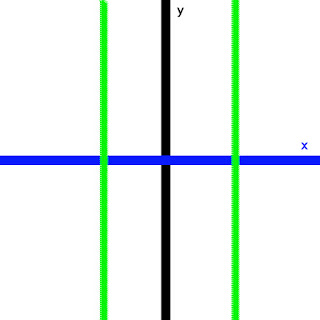The Algebra of Functions: Algebra Chapter 2 Section 6

Hello internet, and welcome to the Algebra Lecture Series from the Science of Life. This time, we are focusing on an introduction to the algebra of functions, or taking two or more functions and applying the algebraic functions in order to combine these functions. If we have two functions $f(x)$ and $g(x)$ which have the same domain, then applying the same x-value to them and performing a mathematical operation on them yields a single value. It is important that they either have the same domain or have overlapping domain, since this is the only way that there would be a non-zero value for each function. For example, a florist cannot physically store a negative quantity of flowers nor an amount of flowers greater than the physical space available. Therefor, the domain is from 0 to some finite number determined by the physical space. The same applies for other plants. So flowers and plants have the same domain. One mechanism for applying an oper...
